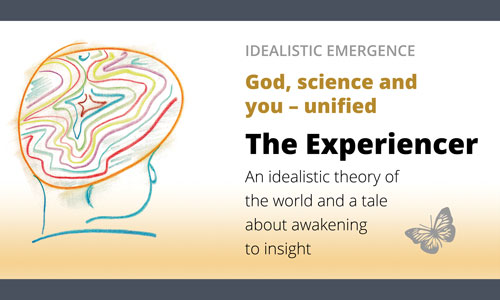Classical mechanics does not suffice to understand complex movement patterns.In science, the dance between the Sun, the Earth and the Moon was first known as the three-body problem.
Newton, Kepler and others had discovered how the three celestial bodies move in an interaction. They saw that it was about gravity and energy. The mathematical equations were simple and neat. But it soon became apparent that they were not telling the whole truth.
At that time, people navigated the world's oceans using the stars. It was critically important to accurately know the movements of the Earth, Moon and Sun.
Both Amerigo Vespucci, who discovered Brazil around 1500, and Galileo Galilei, who dealt with most things almost a hundred years later, became involved in trying to come up with the equations.
They needed to find the principles. The Sun, Earth and Moon are just one specific case. The gentlemen wanted to find the general laws – without any success.
Later, Newton was concerned with the same thing. He saw that it was complicated to calculate the motion of three bodies when they were about the same order of size and interacted with each other through gravity.
He did not find the equation and pointed this out in his main work Principia published in 1687.
The movements of three relatively equally sized objects revolving around each other are so complex that, except in certain special cases, it is impossible to predict what will happen. They appear chaotic. Classical mechanics does not provide answers.
Here you can see what it
looks like in practice.
Many have worked on this challenge.
One of them was Henri Poincaré, a French physicist, mathematician, engineer and philosopher of science. He is sometimes described as the last «universalist» in science.
In the 1880s, he understood that the problem was unsolvable with known methods and that a new way of attacking it was needed. He formulated a concept that was given the inhospitable name «the relativistic velocity transformations».
That pointed to what was eventually nicknamed chaos theory and is now called complexity theory.
It is used to understand large, complex, dynamic systems where «everything affects everything».
Such «dynamic systems» do not only consist of planets and suns. It could just as well be the particles internal to an atom, molecules swirling around in some gas or people crowding to get on a bus.
Similarly, it is not just about mutual attraction through gravity. What drives the system can also be electrical, chemical, psychological, economic, social or other forces.
What laws govern the events?
To study complexity, one has to run equations over and over in long sequences to see how things develop. That only became possible when computers came into the scene.
